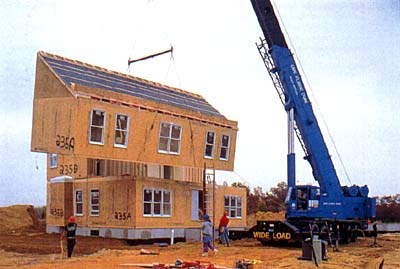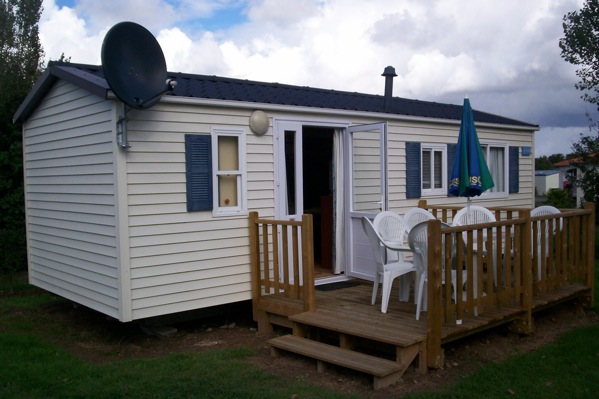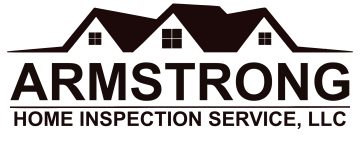Modular vs. Manufactured Homes
by Nick Gromicko, CMI® and Kenton Shepard
Modular Homes

- must conform to the same local, state and regional building codes as homes built on-site;
- are treated the same by banks as homes built on-site. They are easily refinanced, for example;
- follow the same market trends as site-built houses;
- must be structurally approved by inspectors;
- can be of any size, although the block sections from which they are assembled are uniformly sized;
- are often more basic than homes built on-site, but they tend to be sturdier;
- are highly customizable. Design is usually decided by the buyer before construction has begun; and
- generally take eight to 14 weeks to construct. Differing from a site-built home, the foundation can be dug at the same time that the house is being constructed.
Proponents of modular homes claim that their indoor, environmentally controlled construction affords them greater strength and resilience than homes built on-site. They also tend to be constructed using more precise building techniques and with more building material than comparable site-built residences. One reason for this is that they must be able to withstand the stress of highway transport. A study by FEMA found that modular homes withstood the wind and water from Hurricane Andrew better than most other homes in the area. They take less time to construct than site-built homes, are more energy-efficient, and generally cost less.
Manufactured Homes

- conform only to Housing and Urban Development (HUD) code. Some homes contain a red tag that confirms that the unit was manufactured in compliance with this code;
- are inspected, but do not have to be structurally approved by an inspector;
- are manufactured in sections at factories;
- are never more than one story;
- do not have a permanent or conventional foundation;
- tend to lose value over time because they are difficult to expand or improve;
- are transported to the site on their own wheels;
- are transported on steel chassis that are never removed;
- are often placed on property owned by others, such as public land that is leased by the homeowner;
- are treated as a separate lending category from modular and on-site built homes; and
- are rarely custom-designed. The buyer can choose from homes that have already been built and receive it within days.

